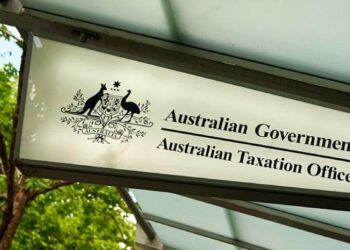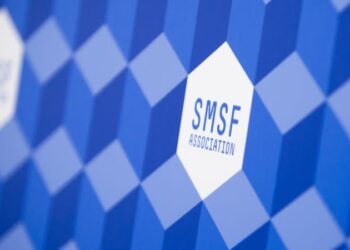In an online article, Heffron managing director Meg Heffron said the bill containing the measure to enable Australians aged 65 and 66 to utilise the bring-forward rules has remained in the Senate for some time, which increases the risk that the new rules won’t be backdated to 1 July 2020.
Ms Heffron said this obviously puts some clients in a tricky position.
She gave an example of a client turning 67 this year who had a total superannuation balance of $800,000 at 30 June 2020 and has just sold a major asset.
“If they work on the basis that the rules won’t change, the maximum non-concessional contribution for them is $100,000 even if they also have a total superannuation balance of $800,000. This is because they are not allowed to use the bring-forward rules at this age,” she explained.
“[However], if the new rules are legislated and backdated to 1 July 2020, $300,000 would be possible.”
Ms Heffron said if the 66-year-old decided to contribute the $300,000 now anyway and the new rules don’t come in, they would not create a major compliance headache for their fund, but there may be some tax implications to consider.
“It’s important to understand the specific rules that we’re dealing with. The bring-forward rules are all about contribution caps — not a person’s eligibility to contribute. Someone who is 66 is actually allowed to make any non-concessional contribution they like. In fact, it could theoretically be millions of dollars if they really wanted,” she stated.
“The reason no one does this is that, of course, it will create an excess non-concessional contribution. That excess comes with serious tax consequences — which, generally speaking, we’d all like to avoid.”
Ms Heffron pointed out that if the 66-year-old decided to contribute the $300,000 and the new bring-forward rules were not legislated, they would not be able to simply refund the excess contributions to themselves once it became clear that the rules were not going to change.
This option is only available when the contribution is actually illegal. For example, if an individual who is over 67 makes a contribution without meeting a work test and without being eligible for a work test exempt contribution, the contribution breaches SIS and the trustee is obliged to give it back to the contributor within 30 days of becoming aware of the breach.
“In a quirky way, people who break the law have an easier path to resolving the problem than our hypothetical 66-year-old,” she noted.
“Instead, in our case, the member would have to wait until the usual process of determining excess contributions played out — lodge returns, receive a notification from the ATO and then go through the excess contribution refund process.”
This would mean paying normal personal income tax on the associated earnings less a 15 per cent tax offset, she explained.
“Associated earnings is, basically, a notional amount of interest calculated using an artificially high interest rate — currently over 7 per cent per annum. Even worse, the interest is backdated to 1 July 2020,” she noted.
“The fund would refund both the excess $200,000 plus 85 per cent of this notional earnings amount to the ATO. Eventually, the money, after taxes had been deducted, would make its way to the member.”



The letter I hold from the Assistant Minister for Superannuation etc’s office (i.e. Jane Hume) is broadly in line with this article, while restating the Government’s intention to keep the effective date at 1 July 2020. However, the letter claims the excess contribution can be withdrawn (seemingly no need to await an excess contributions notice) and earnings on excess contributions will be taxed at personal rates. I took earnings to mean actual earnings, as there is no mention of notional earnings or backdating to 1 July before a contribution may even have made. Nor was there any mention of a 15% tax rebate. Is this just sloppy work in the Minister’s office?